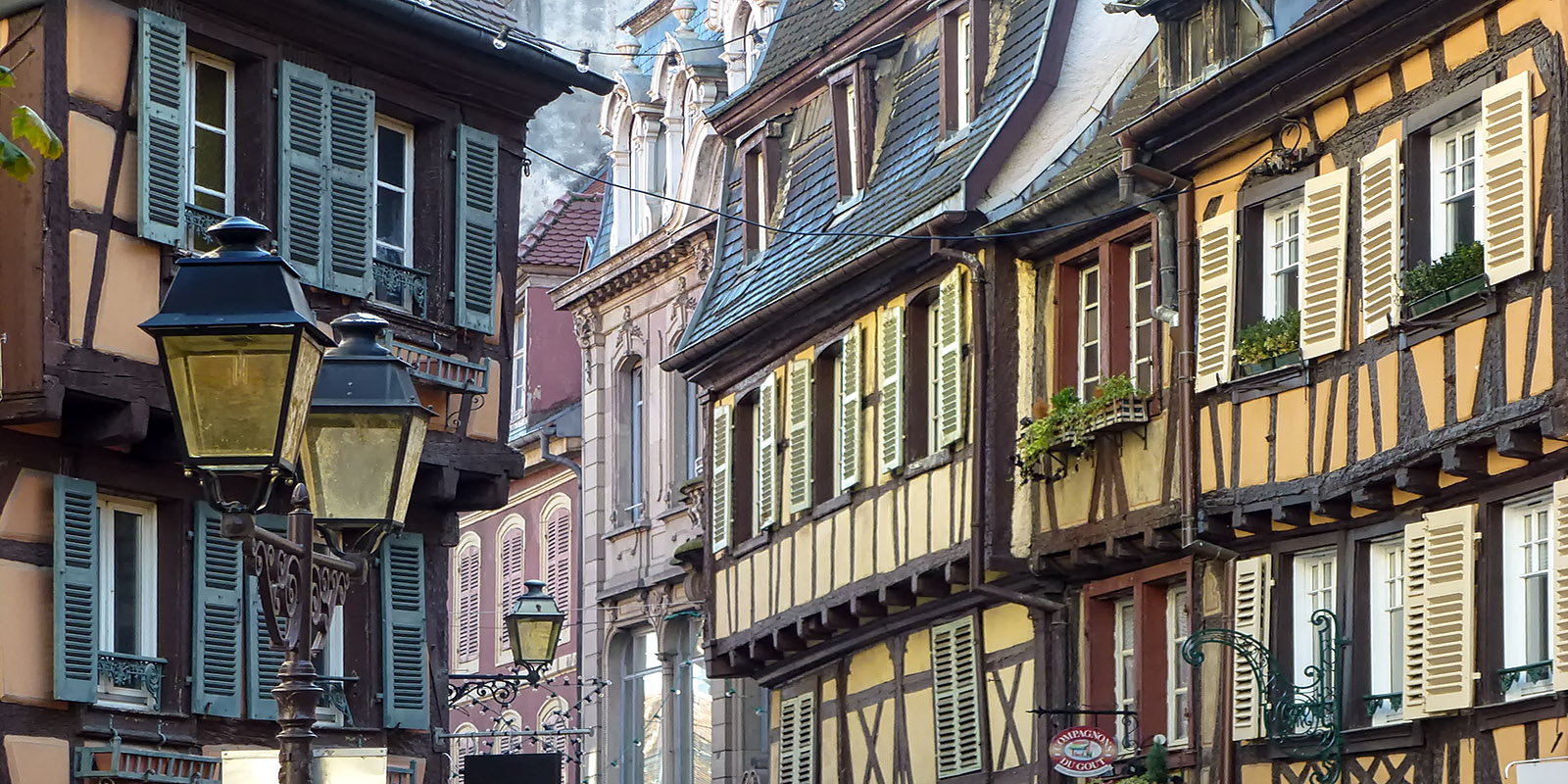
Rue des Boulangers

|
Rue des Boulangers |
Click on any image to see a larger (1500 x 1000 pixel) version!
Colmar is a lovely Alsatian town that was founded in the 9th Century. Following the Franco-Prussian war, Colmar became part of the newly formed German Empire in 1871. It returned to France after World War I in 1919, was annexed by Nazi Germany in 1940, and became French again in 1945 after the end of World War II. Thus, in the space of 74 years, its citizens changed nationality four times! Despite these turbulent events, the historic center of Colmar survived without major damage, making it a very popular tourist attraction. Located some 40 miles southwest of Strasbourg, Colmar is considered the capital of Alsatian wine, a title the town essentially bestowed upon itself. In spite of being frequent visitors to Alsace, we had not really spent much time in Colmar. We corrected this on October 31, 2013, the day all the photographs on this page were taken.

|
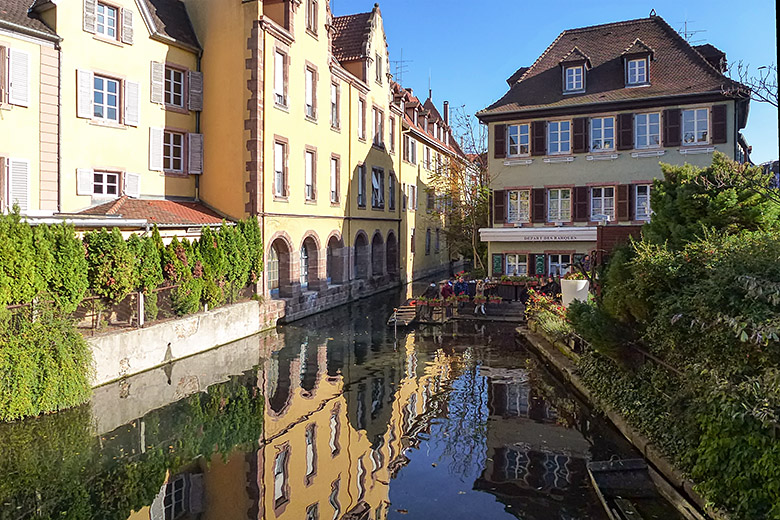
|
Rue Turenne |
La Petite Venise |

|

|
Place du Lycée |
Rue du Lycée |
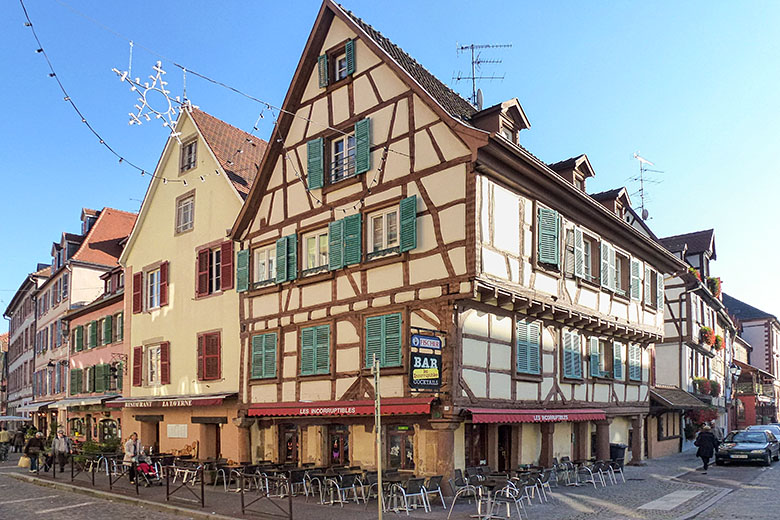
|
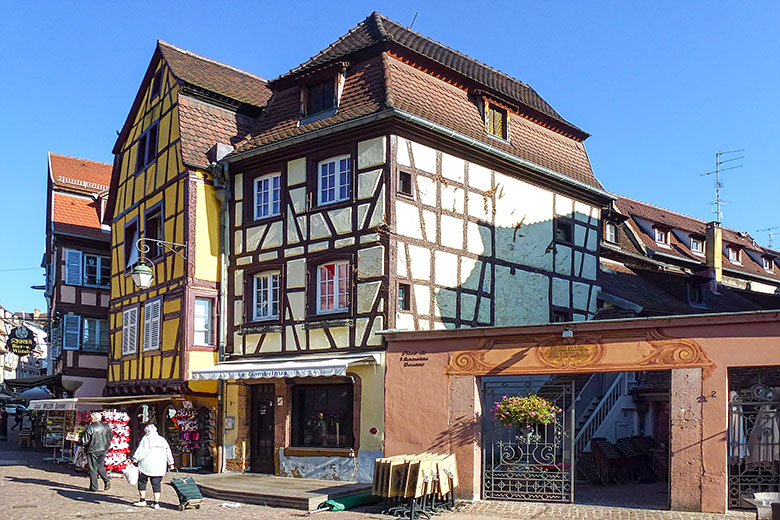
|
Rue du Conseil Souverain |
Place de l'Ancienne Douane |
The recently redesigned and laid out Place du 2 Février commemorates the liberation of Colmar on February 2, 1945. The large imposing building on the east side of the square is an old hospital built in the 18th century. It served until 1937 when a more modern facility, the Pasteur hospital, was built west of the city. For a while, the building was used by the university of Haute-Alsace until it was fully restored and became a media center and library in 2012.
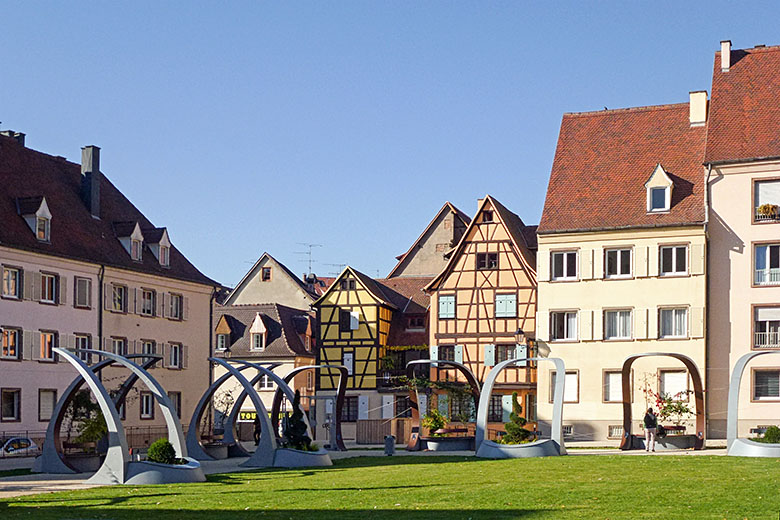
|

|
Place du 2 Février |
Place du 2 Février |

|
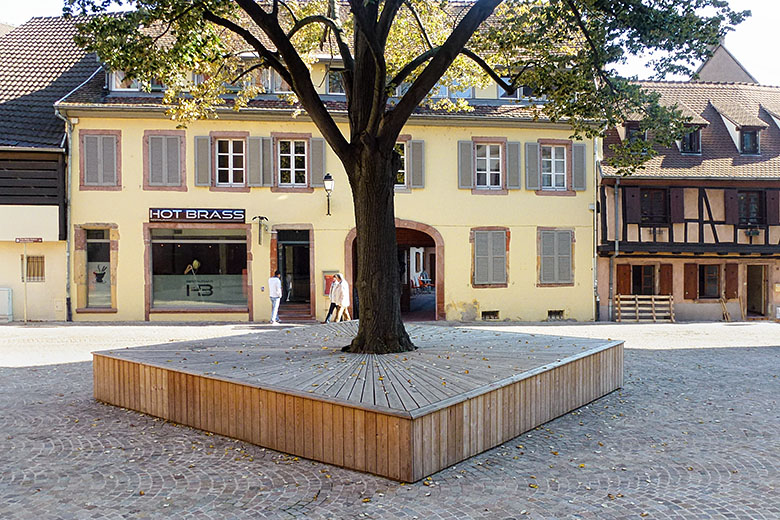
|
L'Ancien Hôpital |
Rue du Chasseur |

|

|
Place Jeanne d'Arc |
Rue de la Grenouillère |
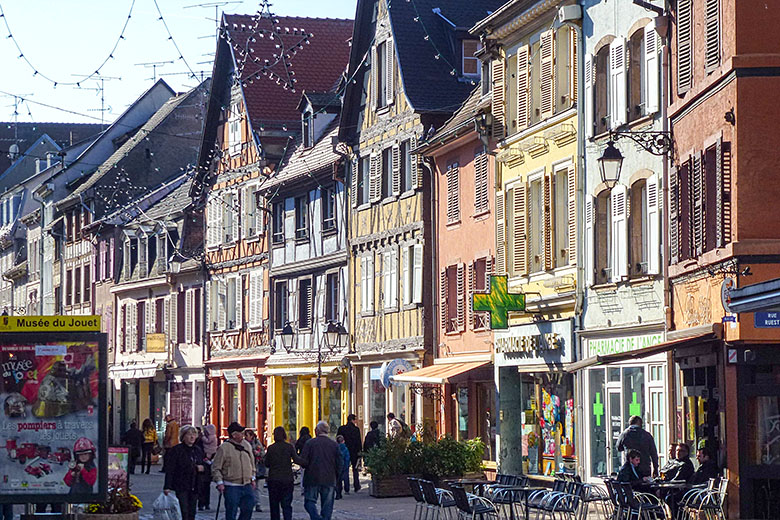
|
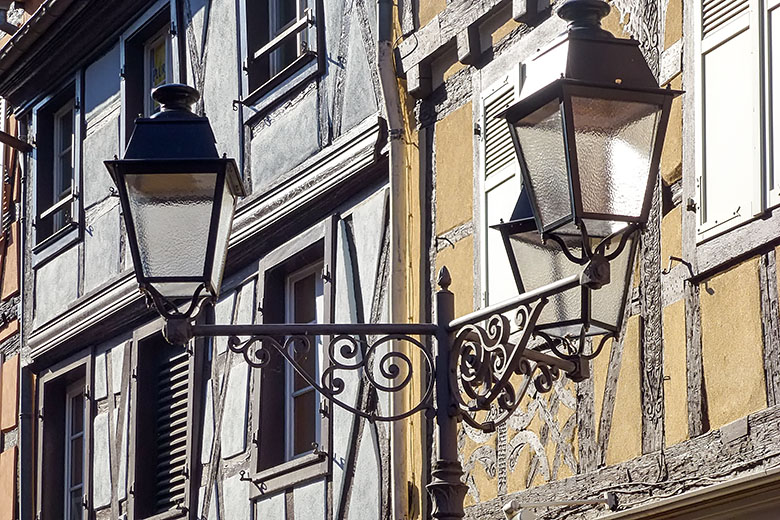
|
Rue Vauban |
Rue Vauban street lights |
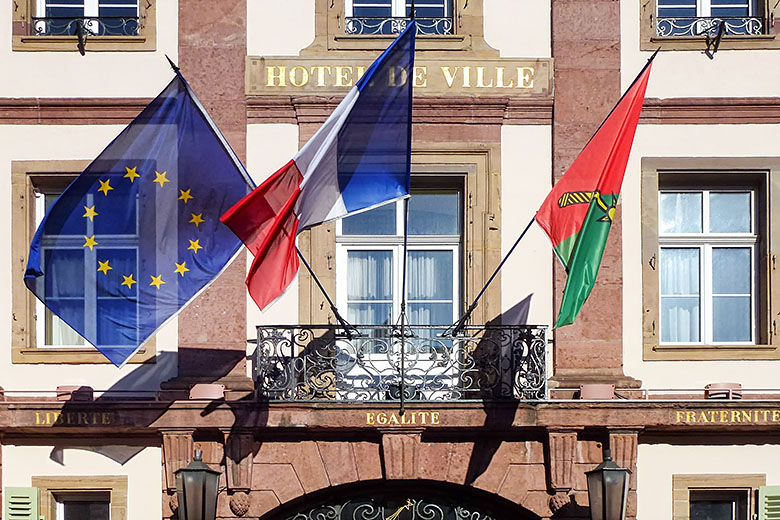
|
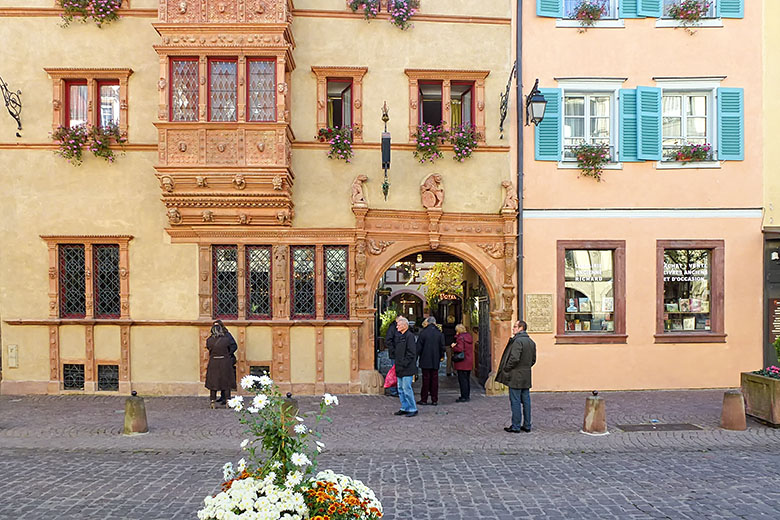
|
Hôtel de ville: Town Hall |
La Maison des Têtes |
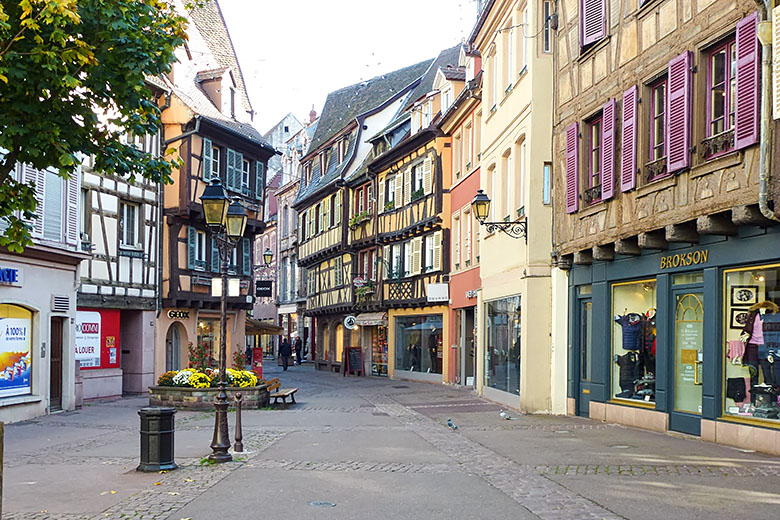
|

|
Rue des Boulangers |
Place de l'Ecole |
One of the most famous citizens of Colmar was Frédéric Auguste Bartholdi, the sculptor best known for creating the Statue of Liberty. In Colmar, there are several statues and fountains by Bartholdi, notably the fontaine de l'amiral Bruat in the Champ de Mars. The fountain was inaugurated in 1864, destroyed by the Nazis in 1940, and rebuilt by the city of Colmar in 1958. There is also a Bartholdi museum located in his birth house in the Rue des Marchands.
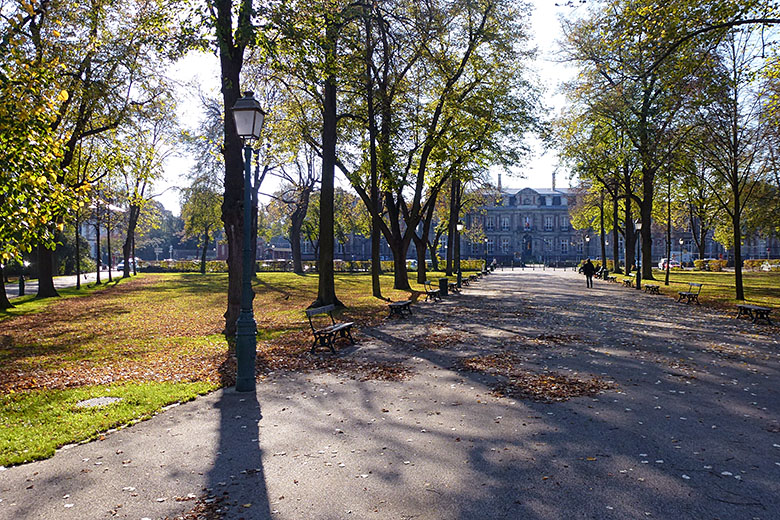
|
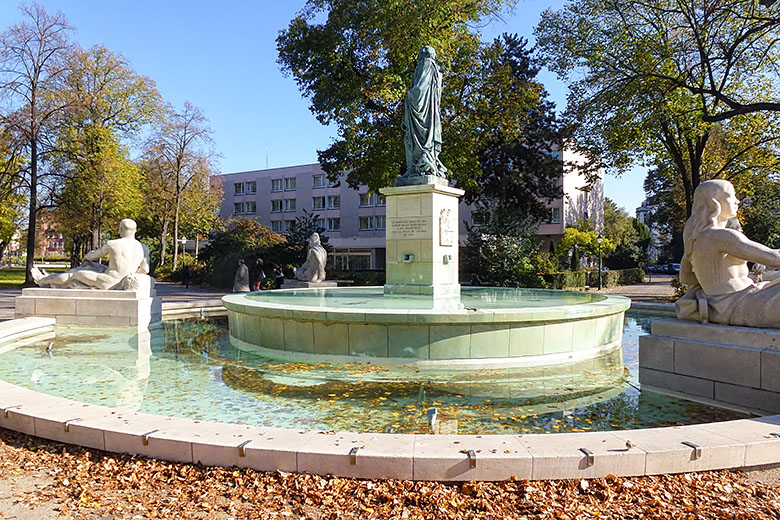
|
Looking across the Champ de Mars to the Préfecture |
The Bruat fountain by Bartholdi |
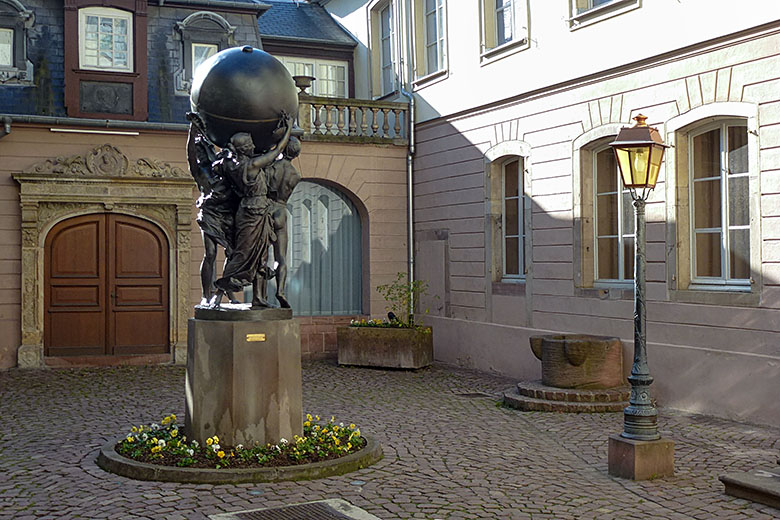
|
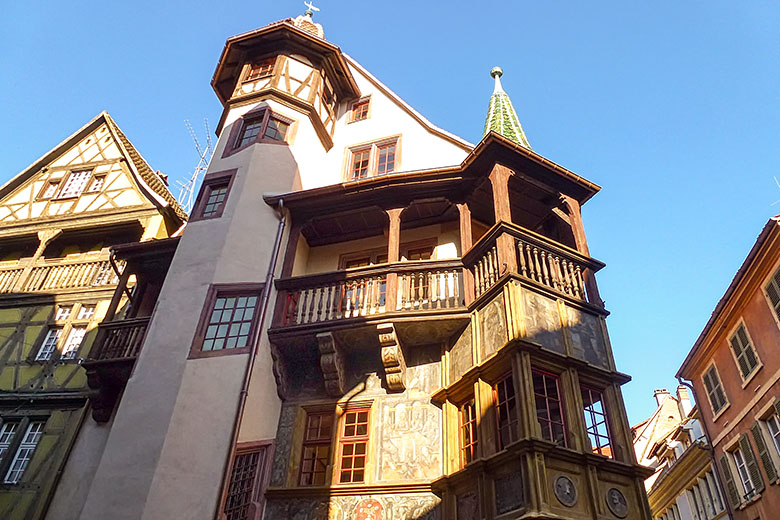
|
Courtyard of the Bartholdi museum |
The Maison Pfister on the Rue des Marchands |
As all well-preserved Alsatian towns, Colmar features scores of beautiful half-timbered houses that come in a variety of sometimes vivid colors. In the (very) old days, when literacy was the exception rather than the rule, the colors helped identify the owner of a residence or shop. Some of the oldest houses still have crown glass windows; in the Middle Ages, there was no known process to manufacture panes of glass, so people had to use small lead-framed pieces of glass in their windows.
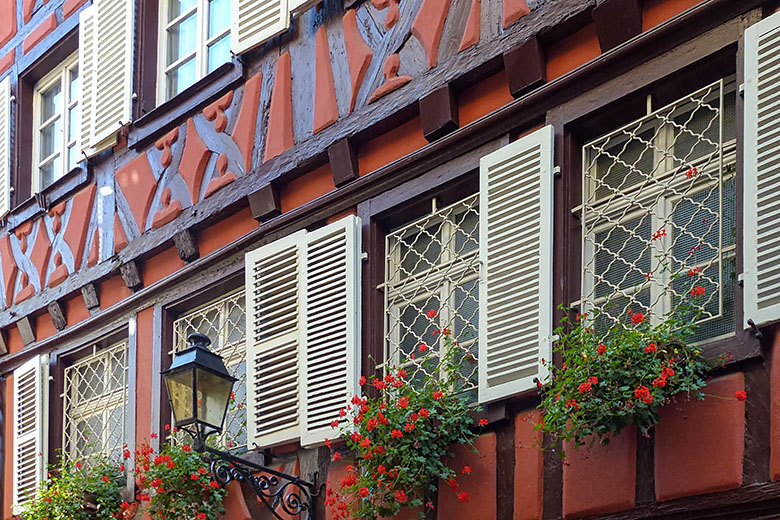
|

|
Colorful façade on the Rue des Marchands |
The way they used to make windows in the Middle Ages |
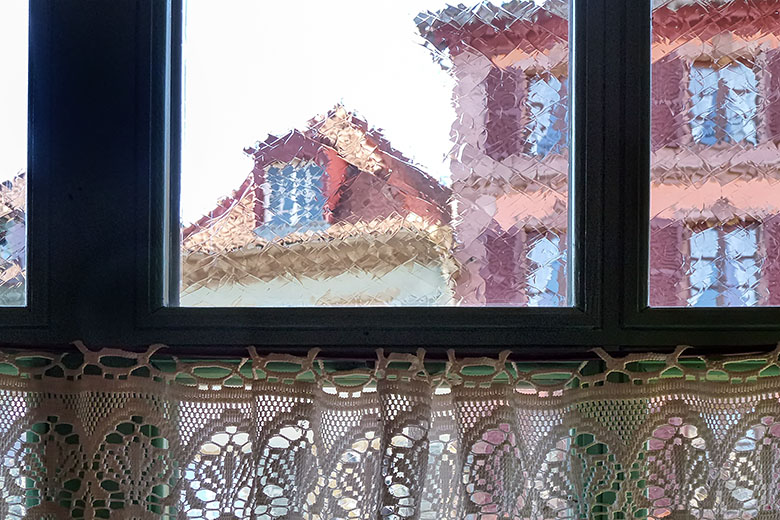
|
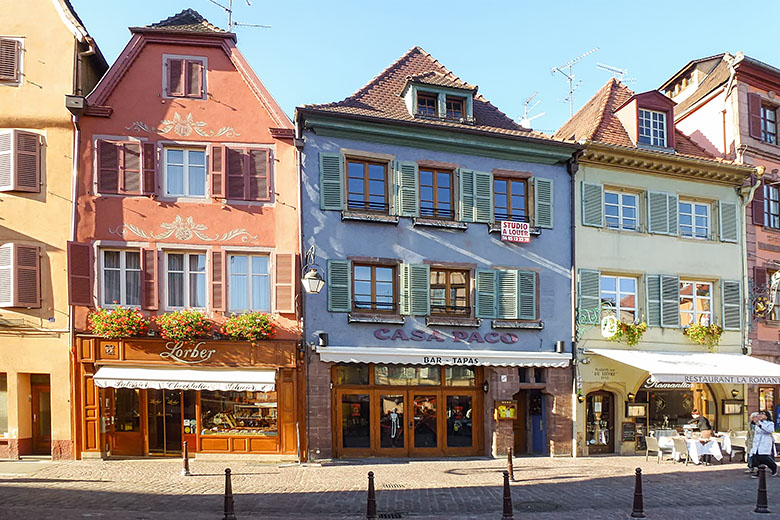
|
Looking out from our lunch table |
Grand Rue |
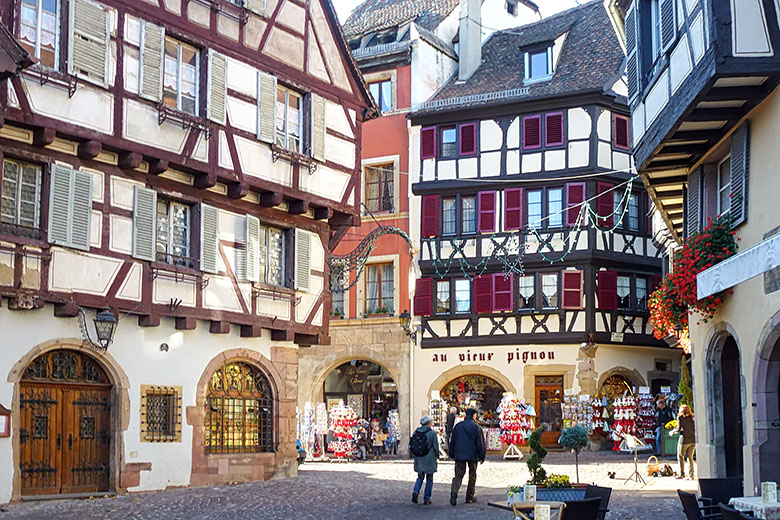
|
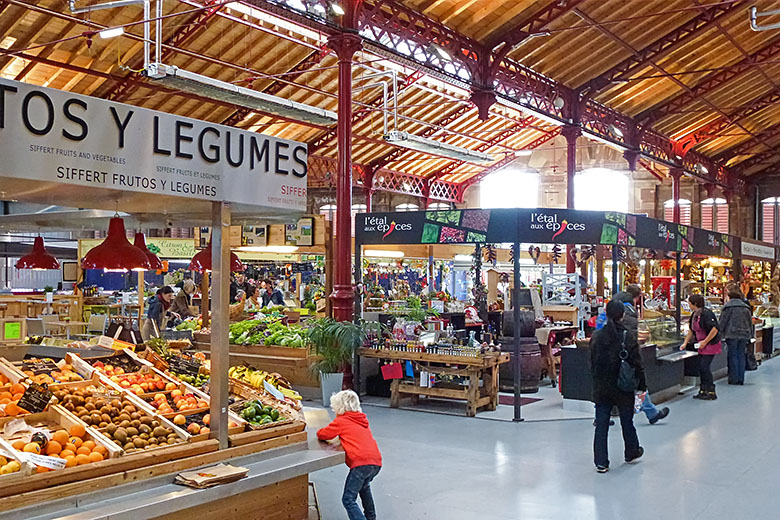
|
Rue des Marchands |
The covered market |
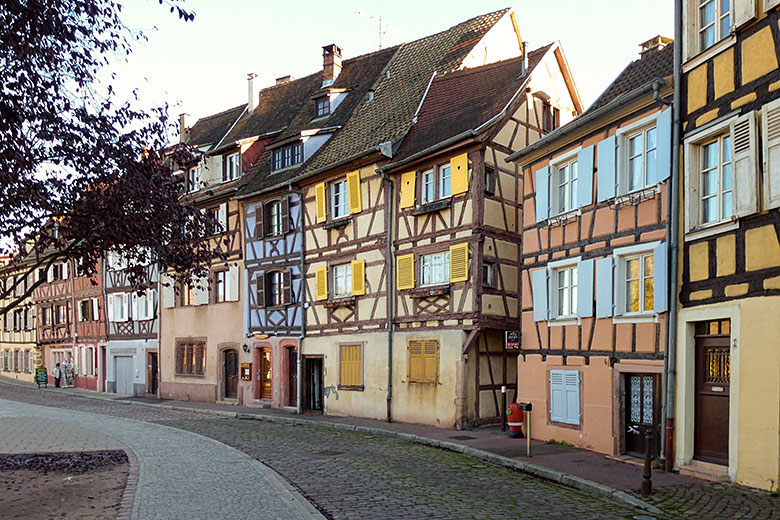
|

|
Quai de la Poissonnerie |
Goodbye Little Venice! |
These, as well as other photographs taken in Colmar, are available in one of our web galleries.
Among other things, the gallery allows viewing the photos as a slide show. Check it out!
Home | Site Info | Family | The Area | Trips | France | Work | Rants | Photography | Odds & Ends
This page was last modified on December 1, 2013
Send feedback about this page to feedback@kiechle.com
https://www.kiechle.com/trips/colmar/index.htm
(optimized for Retina display)
All contents © 1999-2025 The Kiechles